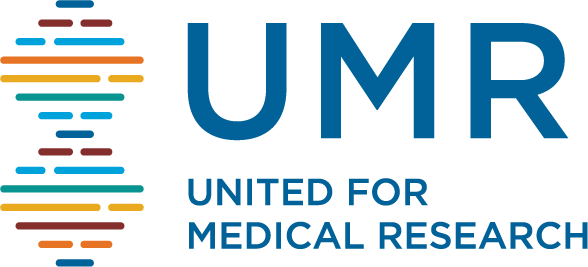The lab of UPenn′s César de la Fuente sits at the interface of machines and biology, with much of its work focused on innovative treatments for infectious disease. When COVID-19 appeared, de la Fuente and his colleagues turned their attention to building a paper-based biosensor that could quickly determine the presence of SARS-CoV-2 particles from saliva and from samples from the nose and back of the throat. The initial iteration, called DETECT 1.0, provides results in four minutes with nearly 100% accuracy.
Clinical trials for the diagnostic began Jan. 5, with the goal of collecting 400 samples—200 positive for COVID-19, 200 negative—from volunteers who also receive a RT-PCR or “reverse transcription polymerase chain reaction” test.
